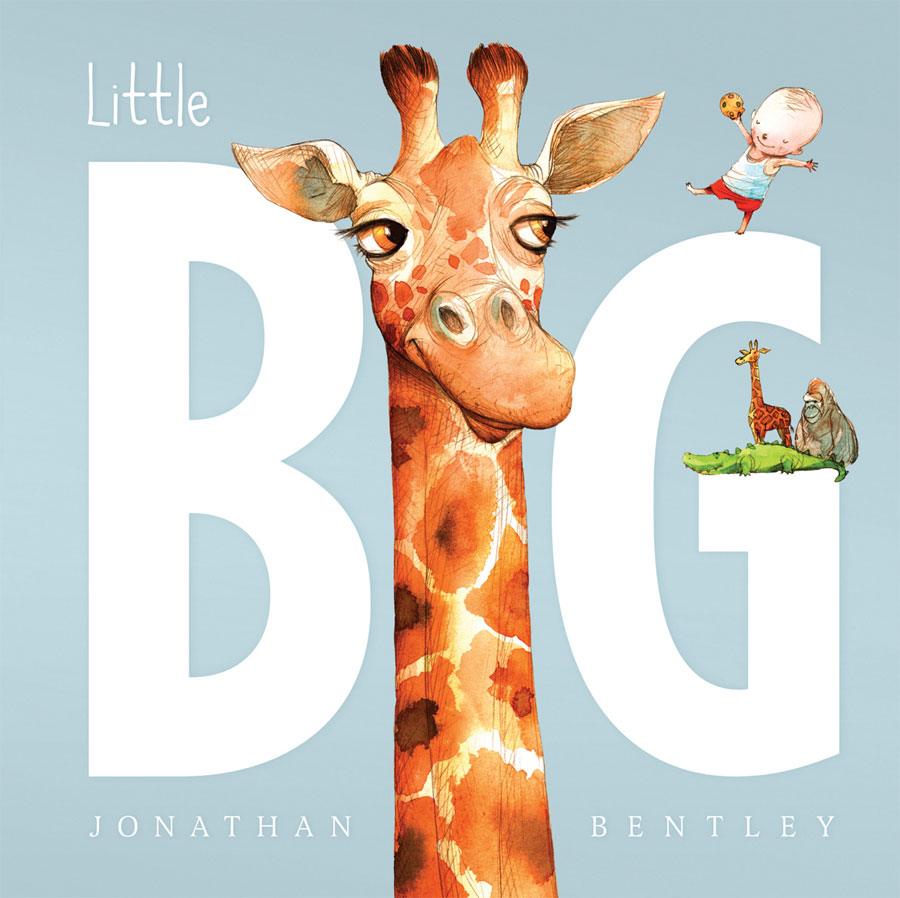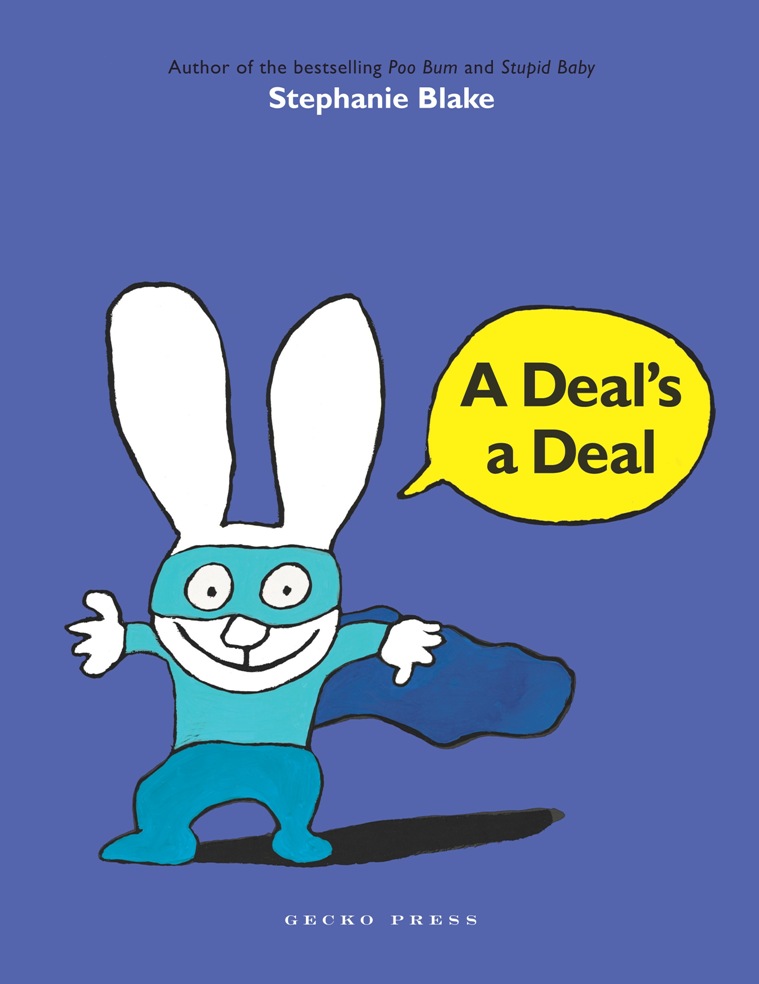Trace Balla, The Thank You Dish, Allen and Unwin, April 2017, 24pp., $19.99 (hbk), ISBN 9781760292355
Grace and her mother are about to eat a home-cooked meal. Dinnertime is a time for celebration and recognition of how the food arrives at the table. Mama starts the conversation by thanking the rain, soil and sunshine. Grace and her mother each then thank something or somebody for the meal. Grace’s thanks are often a little quirky, such as when she thanks the kangaroos for not eating all the carrots. On a number of occasions her mother doesn’t understand where Grace’s idea for a thank-you has come from, and Grace’s explanation then forms the basis of the next page. There is almost a house that Jack built feel to this, as the book builds a kind of accumulation of who did what to allow the meal to appear on the table. The final thanks go from Grace to her mother for cooking the dinner.
The illustrations are delightful with great movement and colour. The layout is varied; we have double-page spreads which give us a view of Grace and her mother eating at the table, to some layouts designed almost as a miniature with a thin black border enclosing the illustration. The effect of the border is to focus our attention on the main subject but even within these smaller illustrations there are additional, smaller activities taking place which add interest. On the pages which are not actually double-page, there is usually an object which acts a vector leading our eye from one page to the next; this might be a creek, a dog chasing a chook or a long scarf.
The cover illustration cleverly alerts us to the characters who will appear in the book itself. The swirling circle which forms the basis of the illustration is a clever blend of the paddock, scarf and creek which feature inside and perched on top of the circle are Grace, kangaroos, chooks and Aunty Amber happily knitting the giant scarf which links her to Uncle Fred fishing for the fish which he gives to Grace and her mother for dinner. The inside of the circle forms a kind of dish, complete with fork and spoon – the thank you dish of the title.
The endpapers are also busy and interesting with figures and houses outlined against the setting sun. The paddocks, made blue-green by the twilight, are full of kangaroos, alpacas and people carrying out some of the activities we later learn about inside the book. Fishing and bicycle-riding provide vectors which lead our eyes back and forth across the illustration and there is a small bird in the top right-hand corner which seems to invite us to turn the page to the title page.
This is a charming celebration of family and of the joys of sharing a meal at a time when, we are told many families don’t eat together. There is an incidental portrayal of different constructions of family too, as there are only Grace and her mother ever shown in the book. This is a close-knit and happy family unit, and the final illustration is a warm and loving one showing Grace and Mama sharing a hug.
Reviewed by Margot Hillel






